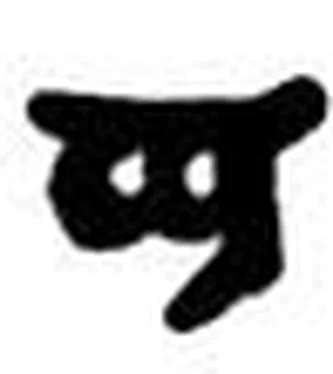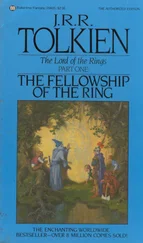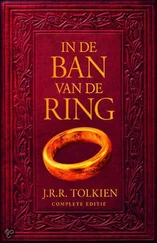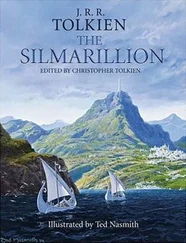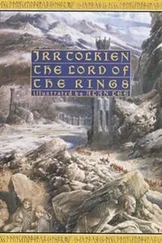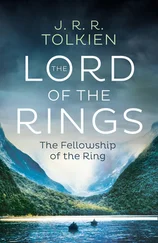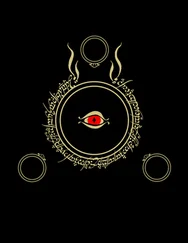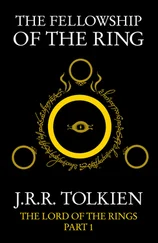John Tolkien - Fellowship of the Ring
Здесь есть возможность читать онлайн «John Tolkien - Fellowship of the Ring» весь текст электронной книги совершенно бесплатно (целиком полную версию без сокращений). В некоторых случаях можно слушать аудио, скачать через торрент в формате fb2 и присутствует краткое содержание. Жанр: Фэнтези, на английском языке. Описание произведения, (предисловие) а так же отзывы посетителей доступны на портале библиотеки ЛибКат.
- Название:Fellowship of the Ring
- Автор:
- Жанр:
- Год:неизвестен
- ISBN:нет данных
- Рейтинг книги:4 / 5. Голосов: 1
-
Избранное:Добавить в избранное
- Отзывы:
-
Ваша оценка:
- 80
- 1
- 2
- 3
- 4
- 5
Fellowship of the Ring: краткое содержание, описание и аннотация
Предлагаем к чтению аннотацию, описание, краткое содержание или предисловие (зависит от того, что написал сам автор книги «Fellowship of the Ring»). Если вы не нашли необходимую информацию о книге — напишите в комментариях, мы постараемся отыскать её.
Fellowship of the Ring — читать онлайн бесплатно полную книгу (весь текст) целиком
Ниже представлен текст книги, разбитый по страницам. Система сохранения места последней прочитанной страницы, позволяет с удобством читать онлайн бесплатно книгу «Fellowship of the Ring», без необходимости каждый раз заново искать на чём Вы остановились. Поставьте закладку, и сможете в любой момент перейти на страницу, на которой закончили чтение.
Интервал:
Закладка:
The Lord of the Rings is now issued in a new edition, and the opportunity has been taken of revising it. A number of errors and inconsistencies that still remained in the text have been corrected, and an attempt has been made to provide information on a few points which attentive readers have raised. I have considered all their comments and enquiries, and if some seem to have been passed over that may be because I have failed to keep my notes in order; but many enquiries could only be answered by additional appendices, or indeed by the production of an accessory volume containing much of the material that I did not include in the original edition, in particular more detailed linguistic information. In the meantime this edition offers this Foreword, an addition to the Prologue, some notes, and an index of the names of persons and places. This index is in intention complete in items but not in references, since for the present purpose it has been necessary to reduce its bulk. A complete index, making full use of the material prepared for me by Mrs. N. Smith, belongs rather to the accessory volume.
Prologue
1. Concerning Hobbits
This book is largely concerned with Hobbits, and from its pages a reader may discover much of their character and a little of their history. Further information will also be found in the selection from the Red Book of Westmarch that has already been published, under the title of The Hobbit. That story was derived from the earlier chapters of the Red Book, composed by Bilbo himself, the first Hobbit to become famous in the world at large, and called by him There and Back Again , since they told of his journey into the East and his return: an adventure which later involved all the Hobbits in the great events of that Age that are here related.
Many, however, may wish to know more about this remarkable people from the outset, while some may not possess the earlier book. For such readers a few notes on the more important points are here collected from Hobbit-lore, and the first adventure is briefly recalled.
Hobbits are an unobtrusive but very ancient people, more numerous formerly than they are today; for they love peace and quiet and good tilled earth: a well-ordered and well-farmed countryside was their favourite haunt. They do not and did not understand or like machines more complicated than a forge-bellows, a water-mill, or a hand-loom, though they were skilful with tools. Even in ancient days they were, as a rule, shy of 'the Big Folk', as they call us, and now they avoid us with dismay and are becoming hard to find. They are quick of hearing and sharp-eyed, and though they are inclined to be fat and do not hurry unnecessarily, they are nonetheless nimble and deft in their movements. They possessed from the first the art of disappearing swiftly and silently, when large folk whom they do not wish to meet come blundering by; and this an they have developed until to Men it may seem magical. But Hobbits have never, in fact, studied magic of any kind, and their elusiveness is due solely to a professional skill that heredity and practice, and a close friendship with the earth, have rendered inimitable by bigger and clumsier races.
For they are a little people, smaller than Dwarves: less tout and stocky, that is, even when they are not actually much shorter. Their height is variable, ranging between two and four feet of our measure. They seldom now reach three feet; but they have dwindled, they say, and in ancient days they were taller. According to the Red Book, Bandobras Took (Bullroarer), son of Isengrim the Second, was four foot five and able to ride a horse. He was surpassed in all Hobbit records only by two famous characters of old; but that curious matter is dealt with in this book.
As for the Hobbits of the Shire, with whom these tales are concerned, in the days of their peace and prosperity they were a merry folk. They dressed in bright colours, being notably fond of yellow and green; but they seldom wore shoes, since their feet had tough leathery soles and were clad in a thick curling hair, much like the hair of their heads, which was commonly brown. Thus, the only craft little practised among them was shoe-making; but they had long and skilful fingers and could make many other useful and comely things. Their faces were as a rule good-natured rather than beautiful, broad, bright-eyed, red-cheeked, with mouths apt to laughter, and to eating and drinking. And laugh they did, and eat, and drink, often and heartily, being fond of simple jests at all times, and of six meals a day (when they could get them). They were hospitable and delighted in parties, and in presents, which they gave away freely and eagerly accepted.
It is plain indeed that in spite of later estrangement Hobbits are relatives of ours: far nearer to us than Elves, or even than Dwarves. Of old they spoke the languages of Men, after their own fashion, and liked and disliked much the same things as Men did. But what exactly our relationship is can no longer be discovered. The beginning of Hobbits lies far back in the Elder Days that are now lost and forgotten. Only the Elves still preserve any records of that vanished time, and their traditions are concerned almost entirely with their own history, in which Men appear seldom and Hobbits are not mentioned at all. Yet it is clear that Hobbits had, in fact, lived quietly in Middle-earth for many long years before other folk became even aware of them. And the world being after all full of strange creatures beyond count, these little people seemed of very little importance. But in the days of Bilbo, and of Frodo his heir, they suddenly became, by no wish of their own, both important and renowned, and troubled the counsels of the Wise and the Great.
Those days, the Third Age of Middle-earth, are now long past, and the shape of all lands has been changed; but the regions in which Hobbits then lived were doubtless the same as those in which they still linger: the North-West of the Old World, east of the Sea. Of their original home the Hobbits in Bilbo's time preserved no knowledge. A love of learning (other than genealogical lore) was far from general among them, but there remained still a few in the older families who studied their own books, and even gathered reports of old times and distant lands from Elves, Dwarves, and Men. Their own records began only after the settlement of the Shire, and their most ancient legends hardly looked further back than their Wandering Days. It is clear, nonetheless, from these legends, and from the evidence of their peculiar words and customs, that like many other folk Hobbits had in the distant past moved westward. Their earliest tales seem to glimpse a time when they dwelt in the upper vales of Anduin, between the eaves of Greenwood the Great and the Misty Mountains. Why they later undertook the hard and perilous crossing of the mountains into Eriador is no longer certain. Their own accounts speak of the multiplying of Men in the land, and of a shadow that fell on the forest, so that it became darkened and its new name was Mirkwood.
Before the crossing of the mountains the Hobbits had already become divided into three somewhat different breeds: Harfoots, Stoors, and Fallohides. The Harfoots were browner of skin, smaller, and shorter, and they were beardless and bootless; their hands and feet were neat and nimble; and they preferred highlands and hillsides. The Stoors were broader, heavier in build; their feet and hands were larger, and they preferred flat lands and riversides. The Fallohides were fairer of skin and also of hair, and they were taller and slimmer than the others; they were lovers of trees and of woodlands.
The Harfoots had much to do with Dwarves in ancient times, and long lived in the foothills of the mountains. They moved westward early, and roamed over Eriador as far as Weathertop while the others were still in the Wilderland. They were the most normal and representative variety of Hobbit, and far the most numerous. They were the most inclined to settle in one place, and longest preserved their ancestral habit of living in tunnels and holes.
Читать дальшеИнтервал:
Закладка:
Похожие книги на «Fellowship of the Ring»
Представляем Вашему вниманию похожие книги на «Fellowship of the Ring» списком для выбора. Мы отобрали схожую по названию и смыслу литературу в надежде предоставить читателям больше вариантов отыскать новые, интересные, ещё непрочитанные произведения.
Обсуждение, отзывы о книге «Fellowship of the Ring» и просто собственные мнения читателей. Оставьте ваши комментарии, напишите, что Вы думаете о произведении, его смысле или главных героях. Укажите что конкретно понравилось, а что нет, и почему Вы так считаете.
